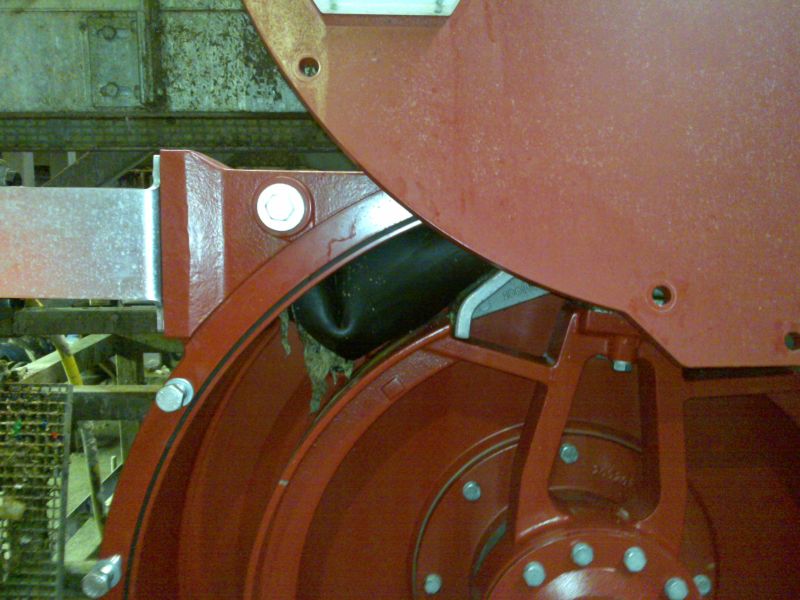Rubber Hose
Unpredicted hose failure!

Hose failures in industrial applications are often attributed to reaching their end-of-life, but there’s more to these failures than just natural wear and tear. A significant factor contributing to premature hose failure is a lack of understanding or insufficient knowledge transfer about the material properties and maintenance requirements of hoses, particularly those made of rubber. This post aims to shed light on some crucial aspects of rubber behavior and maintenance practices to enhance hose longevity and prevent unexpected failures.
1. The Fluid-Like Behavior of Rubber Under Pressure: Rubber, a common material in hose construction, exhibits a unique characteristic; it behaves somewhat like a liquid under pressure. When a hose clamp is tightened, the rubber tends to ‘flow’ away from the pressure point. This fluidity of rubber under compression is a key factor to consider during installation and maintenance.
Key Insights:
- Rubber’s response to compression can lead to a loosening of hose clamps over time.
- Regular inspection and retightening of hose clamps are essential to maintain a secure fit.
2. Rubber’s Shape Memory: Another intriguing property of rubber is its shape memory. Consider the example of a car tire. When deflated and left under the weight of a car for an extended period, the tire deforms. Upon re-inflation, it takes time for the tire to return to its original shape. This behavior is crucial to understand in the context of hoses used in pumps and other machinery.
Key Insights:
- Prolonged deformation can lead to permanent changes in hose shape.
- This can impact the hose’s functionality and increase the likelihood of failure.
Practical Tips for Hose Maintenance: Understanding these properties of rubber leads us to some practical maintenance tips:
1. Regular Tightening of Hose Clamps or Pressure Fittings: Given the fluid-like behavior of rubber, it is imperative to regularly check and tighten hose clamps or pressure fittings. This practice helps prevent the hose from slipping or being drawn into the pump housing, which can lead to failures.
2. Removing Rollers or Pressing Shoes During Extended Downtime: When a pump is not in use for a long period, removing the rollers or pressing shoes can prevent permanent deformation of the hose. Reinstall them when the pump is put back into operation. This precaution helps in avoiding vibrational issues during pump restarts, thereby reducing the risk of hose failure.
Conclusion and Call for Insights:
The key to preventing unexpected hose failures lies in understanding the unique properties of rubber and implementing appropriate maintenance strategies. Regular tightening of fittings, along with mindful storage and handling practices, can significantly extend the life of hoses. However, there may be more unpredicted failures that are less known or discussed.
Do you have experiences or insights on such failures? We invite you to share your knowledge and contribute to a broader understanding of hose maintenance challenges and solutions. Your input is invaluable in helping us all learn and grow in our practices. Please tell us about your experiences with unpredicted hose failures!
